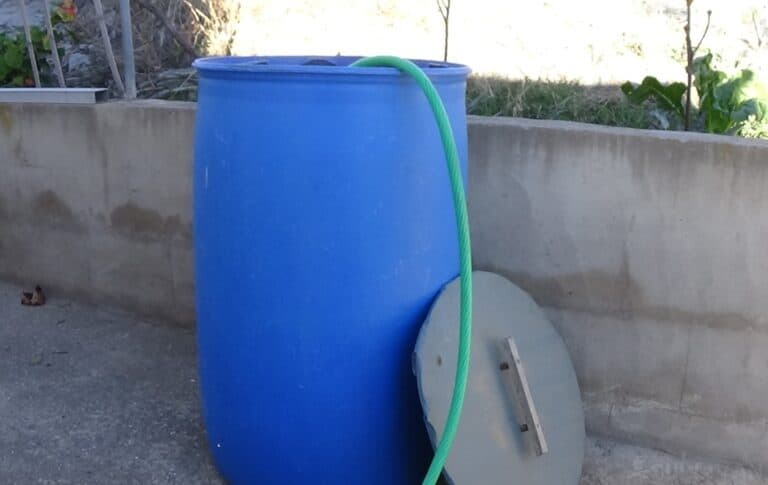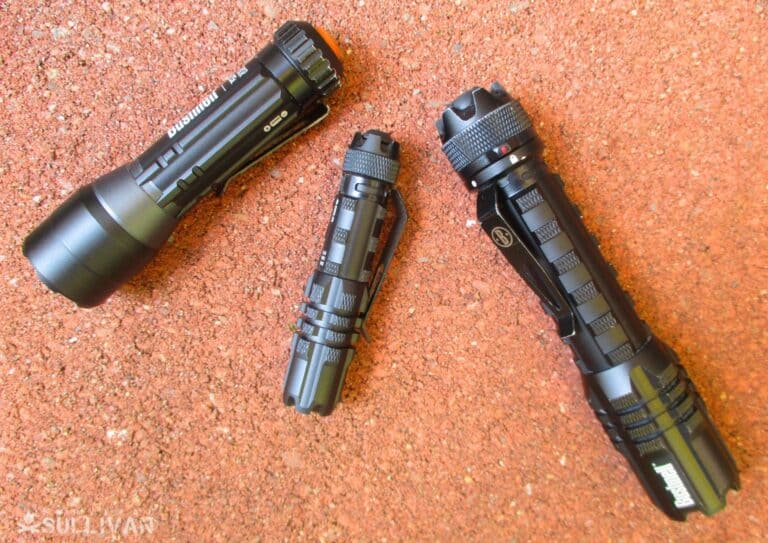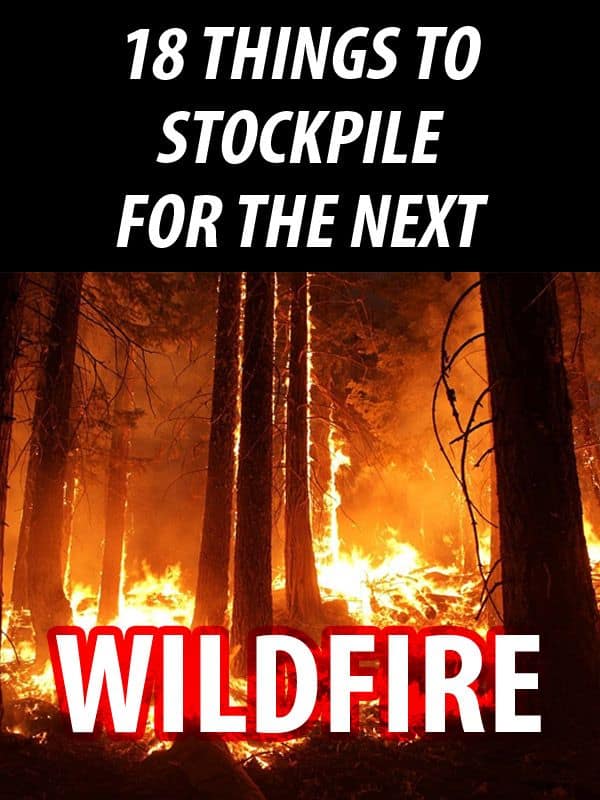Wildfires threatened the lives of people near wildland areas, as well as their property. Different conditions throughout the year increase the risk of wildfires. If you live in an area prone to wildfires, you need to be prepared. Planning and protecting your buildings can reduce the devastation your family might experience.
If you’ve lived through a wildfire, you understand the destruction that they leave in their path. The fires damage or destroy structures, disrupt needed community services and kill native animals and livestock. Wildfires cover massive areas of land, and the smoke travels even further away. Facing a wildfire is a scary experience.
Preparing for a Wildfire
If you live in an area prone to wildfires, you should prepare ahead of time, before the season begins. Most wildfires takes place in the spring and summer. You need to create a 30-foot safety zone around your house. In this zone, vegetation needs to be kept to a minimum. Some things you should do are:
- Remove any vines on walls around your house.
- Prune back shrubs and branches.
- Remove tree limbs that are close to your home or close to the ground.
- Take away flammable vegetation such as junipers, fir, pine, and eucalyptus.
- Keep your lawn trimmed to a maximum height of two inches.
Another necessary step is creating an evacuation plane. Everyone living in these areas need a plan of escape; it is a necessity to save your life. Make sure you practice drills with your family.
You should have a map in your vehicle with two evacuation routes marked. Wildfires can block roads, so avoid getting trapped and have several routes. Remember, you don’t have to wait for the orders of evacuation to leave. In fact, it’s best to go as soon as you get uncomfortable. Waiting makes the roads congested and makes the job harder for firefighters.
Before you leave, prepare your house with a few of these steps:
- Shut all windows and doors, but leave unlocked.
- Remove curtains.
- Shut off the gas at the meter.
- Turn off your air conditioning.
- Leave lights on for the firefighters.
- Bring flammable items, such as children’s toys, inside or place in your pool.
- Turn off propane tanks.
- Connect garden hoses to outside water valves, and leave water buckets around your house.
- Keep your car backed into your driveway or garage for a quick evacuation.
18 Things to Stockpile for a Wildfire
You should have items in your house that allow you stay there safely as well as a supply kit in your vehicle. If you have to evacuate, you need to get out of their quickly.
Plan to be away from your home for an extended time. Backpacks are a great choice, but you might want to use a larger tub if you have a family. Store them where you store your vehicle so you can easily get out the door.

Water
It goes without saying that water is crucial for any disaster scenario. The recommendation is always a gallon of water per day per person, but always plan for more. You need water stored whether you want to stay at home or evacuate, and you should also think of places to hide it to keep it safe.
First, you have to decide if you want two supplies of water or if you want to have one and take it with you if you evacuate. If you only want to have one supply of water stored, you should store it near your vehicle for easy loading.
Another option is to keep one gallon of water per person in your evacuation preps. Store the gallons in a large, Rubbermaid tub for easy transfer into your vehicle, or use these ingenious stackable water bricks.
Battery-Operated Radio
Disclosure: This post has links to 3rd party websites, so I may get a commission if you buy through those links. Survival Sullivan is a participant in the Amazon Services LLC Associates Program. As an Amazon Associate, I earn from qualifying purchases. See my full disclosure for more.
If the power goes out during a wildfire, you want to have a battery-operated radio available to listen to weather updates and emergency instructions.
If you are told to evacuate, you don’t want to miss those instructions. Some radios also allow you to charge your cell phone. Having a charged cell phone is important so that you can check in with friends and family.
Non-Perishable Foods
In your kit, you need enough non-perishable food for several days. Some items include:
- Applesauce pouches
- Fruit cups
- Pretzels
- Rice cakes
- Oatmeal packets
- Protein bars
- Granola bars
- Soup cups
- Tuna packets
- Peanut butter crackers
- Saltine crackers
- and more.
Don’t forget formula and baby food for your infant. If you have canned food items, make sure you get a manual can opener. Those cans of soup won’t help you if you can’t open them!
Prescriptions
Throughout wildfire season, keep a close eye on your prescriptions. Refill as soon as you are able each time. Doing so allows you to be prepared with the prescriptions you need. If you are unable to get to the pharmacy, you want to make sure you don’t have two pills on hand if the medicine is necessary.

Flashlights
Electricity may go out during a wildfire, even if you don’t need to evacuate. Have flashlights and a lot of batteries stashed in your house and your vehicle. Who wants to be stumbling around in the dark?
Pet Food and Water
Your pets are family members too, so don’t forget about them! Store extra pet food in your evacuation kit as well as in your house. Your pets also need a gallon of water per day per pet, unless it is a cat. Make sure you have wet food for your cat to give them the necessary moisture.
Food and Transportation for Livestock
An unfortunate amount of livestock dies each year due to wildfires. Livestock owners MUST think ahead to be properly prepared for this emergency. You need a place where you can bring your livestock that will be safe and clear of the fire.
At that location, you need to have food and water on hand for survival. That means you need to have the necessary means of transportation to get your livestock to that location. Don’t wait until a fire starts to make a plan. Create it well in advance.
Another idea is to create a separate green space for your livestock that is on your property. This space needs to be close to a source of water, such as a pond. This area will have plenty of grass or food stored for your animals. However, if the fire gets too close to your prepared green space, it is time to leave.
Chainsaw
If you don’t have a chainsaw on hand, it is time to get one! A chainsaw might be necessary to clear trees and branches off your property. Trees might fall across a road when you are evacuating, and a chainsaw gives you a way to clear debris off the road.
Important Documents
In your kit, you need to have copies of all your important documents. Store copies of birth certificates, important licenses, and whatever you deem important. Having these will make your life a bit easier after the fire.
At home, you might keep your documents in a fire safe, but who wants to drag a safe with them when they evacuate? Not you! Instead, purchase a fireproof document bag. These bags keep your money, documents, and valuable items safe from water, fire, and smoke.
Extra Clothes
Your kit needs to have extra clothes for everyone. Prepare for at least three days. If you have babies, remember diapers, wipes, and other necessary items, such as blankets. Babies are the most delicate, so plan carefully to ensure they are comfortable during this time.
Consider what you pack. Many of the common fabrics are flammable because light fabrics allow oxygen to circulate easily through the fibers. Oxygen fuels flames, which makes them flammable. Linen, cotton, lyocell, and rayon are flammable materials.
You want at least a few items that are made with flame-retardant materials. Fabrics made from animal hair, pure silk or pure wool have a natural, flame-resistant property. A wool blanket is a great, flame-resistant choice.
You also might want to look at special, flame-retardant materials that have been treated. Long, loose-fitting clothes are more dangerous than form-fitting clothing.
Sanitation Supplies
Store moist towelettes, garbage bags, and plastic ties for personal sanitation. If you plan to stay home and the water is off, you can make a makeshift toilet with cat litter and a garbage bag. Don’t worry about taking the cat litter with you if you evacuate.
Make sure you have disinfectant and chlorine bleach in your house if you plan to shelter there.
Dust Masks
Smoke and soot are dangerous. They get into your lungs, leading to respiratory problems. You need to have masks available for everyone in the family, especially your children. Store them in the house and your vehicle. You shouldn’t walk outside without an N95 mask. If you evacuate, put a mask on everyone before exiting and driving away.
Shovel
A shovel is another tool you can use to suppress a fire if it gets too close to your house or blocks your route. A shovel can also be used to dig a trench to lie in to prevent being harmed to the fire.
You can use a shovel to suppress a fire by suffocating the flames with soil. Piling dirt onto the flames will stop oxygen from reaching it, causing it to die down. Have a few shovels on hand to protect your property or vehicle.
Large Water Container
Keep the largest container or multiple large containers on hand to store water to extinguish the flames. It is hard to find containers that hold enough water to suppress flames. Livestock troughs are good choices and easy to find. Fill your containers if a wildfire starts immediately.
Plastic Sheeting and Duct Tape
If you plan to stay in the shelter of your house, you need plastic sheets and duct tape. These items will block the cracks of your windows, stopping soot and smoke from entering your residence.
Signal Flare or Whistle
Hopefully, you never get trapped, but if you do, you need a way to show your location. A signal flare or a whistle gives firefighters and emergency personnel a way to locate and save you. Store these items in strategic places such as your barn, in caches in the woods, with hopes you will never need them.
Garden Hose
You will want to have several garden hoses on hand. Hook them up to your external spouts to use to defend your home from the wildfire. Since you might have more than one spout or have a lot of property, you need several hoses.
Fire Extinguisher
Everyone should have a fire extinguisher on hand, but it is a great idea to have several stored for a wildfire and a smaller one for the vehicle. You aren’t going to suppress a wildfire with one, but you can use it to knock back the flames to create a path of escape.
Ready To Start Stockpiling?
Wildfires can be scary situations, but you’ll be less scared if you are prepared. Create a plan of action in case a wildfire comes near your location. Have the necessary items on hand, and make sure everyone in your family understands the plan.
If you decide to evacuate, remember that you cannot return until authorities tell you that it’s safe. Thoroughly check your home upon return for any signs of damage or leftover embers. The last thing you want is another spark causing a fire again!


Bethany Hayes is a mother of three kids who has a small, suburban homestead. When she isn’t homeschooling or gardening, she might be focusing on building up their homestead or preserving the harvest.

The author forgot one important item for wildfire preparation – a comprehensive inventory list for the insurance company.
https://www.nolo.com/legal-encyclopedia/preparing-home-inventory-case-your-property-gets-damaged-stolen.html
https://www.nolo.com/legal-encyclopedia/dealing-with-insurance-after-disaster-29640.html
They may or may not give fire victims grief for the actual dwelling, but if you’re not prepared you’re going to lose Big Time on the contents.
***Sanitation Supplies***
In my opinion there is no reason to diddle around with any “makeshift” rig. Bite the bullet and buy a 5 gallon with a lid!
https://www.walmart.com/ip/Stansport-Bucket-Style-Portable-Toilet/270524028
Once that’s safely stored in the closet, time to plan for a better system. The Humanure site has directions for building a simple box to enclose your buckets. (for the well-off they also offer their pretty $400 model) As they say, tipping over that bucket is NOT something you want to do, and by its nature it’s not a bit stable. (once your improved system is in place you can donate the unused/disinfected simple bucket & lid to a deserving relative)
http://www.diyhousebuilding.com/bucket-toilets.html
Notice they also use a stable box to cover the bucket. And a regular cheap toilet seat over the hole will do wonders for “comfort”. Back when I saw (and used) southern outhouses comfort wasn’t part of the planning in any of them. Neither was ventilation.
Wood chips just aren’t very expensive, and having several bags ahead is a no-brainer so far as I’m concerned.
Big Box stores sell this in the Motorized Camper section. It comes in all sizes, but the unit cost is lower for large bottles. I keep a small one under the sink in the bathroom for the odd times when there is a temporary power outage. (no city water here)
By the bye, if I ever do have to build a real old-time outhouse, there is one feature (besides good ventilation!) I definitely plan to install.
https://www.amazon.com/Church-595-000-Elongated-Toilet/dp/B001ASF1YQ/ref=cm_cr_arp_d_product_sims?ie=UTF8
Notice the split front. In freezing weather you take a pair of old wool socks and pull them over each side of the seat. Between uses the socks could be stored in a cookie tin (with lid) to protect them from mice. Just as the toilet paper would be stored in another larger metal can with a lid.
I’ve lived in the West most of my adult life & have faced wildfire more than once. I may have missed it in the article but it is extremely important to never let your vehicles get below half a tank of gas. If there is the remote possibility the fire will reach you load & move your livestock early. Cows & horses panic when they smell fire & they are NOT cooperative. It’s fine to wet down your roof & trees but don’t entertain the notion that you can fight a wild fire with a garden hose. GET THE HELL OUT! By the way, leaving the lights on for the fire fighters is silly; the area’s electricity is one of the first things to go.
Linda, I’ve previously stated my view that areas subject to wildfires wouldn’t be a place I’d even consider for a home. And since I don’t live near any such place what I know about the subject has been picked up in bits and pieces. That said, I googled the issue of “leaving on lights” and found it’s a standard recommendation just about everywhere. The practice seems to be harmless enough, and I believe I’d also leave a TV blaring in an out-of-window-view place. There is at least an outside chance this would cause looters to reconsider picking THAT house.
Your suggestion about gasoline is spot-on. Consider also a half-buried plastic “toy box” in the back yard. One of these could hold a few plastic five-gallon cans of gasoline without causing any insurance issues. (double or triple dosed with STA-bil, of course) I’ve heard that when the insurance companies sift the ashes of a house, one of the things they look for is evidence of gasoline storage. True? I would’t know, but it wouldn’t surprise me a bit.
My wife and I are now in our mid 70’s and live in the central southern valley of Oregon on a 10-1/4 acre plot at the top of a ridge with a milliion $ easterly view of the Cascade mountain range and forests. We built our log home and retirement slice of heaven 25 years ago. We have been prepping for a little over 4 years now and until just the last three years we never were in fear of wild fires. We have been in a drought for the past 3 or 4 years now and fire conditions have become worse each year. Last year, the summer/fall of 2020 was the first time we were faced with the possiblility of having to bug out due to the proximaty of multiple wildfires burning in several areas close to our home. We were contacted one evening at 11:30pm and were directed to be ready to evacuate within an hour notice. The smoke and ash coming down around our house and property was so thick you could not see more than 20 feet from the front of the house. The barn and out buildings were invisible. The falling ash was covering everthing much the same as when Mt. St. Helens erupted spewing ash around the northwest. I spent six hours loading up our motorhome, truck & cargo trailer with everything that we had stockpiled in our prepping supplies, tools, generator, water and anything else we thought we might need to start over if we lost everything. When we got everything loaded and were prepared to leave, we tried to figure out where we needed to go. The irony was that most of the roads leaving our area were impacted by wildfires and were impassible. Leaving only the I-5 interstate northbound. Many more fires were burning up north too. It was a scary and surreal event that I had hoped we would never have to experience again. Then again this year with the extremely severe drought conditions, we are again watching what is going on with the wild fires in our area. Many families have already lost their homes in the fires that are now burning. This time we have planned ahead and are mostly loaded up and ready to bug out if the need arises. Three things we learned by what you might say “Trial By Fire” was #1 When fire season starts, take time to load up with your essentials and preps that you feel you might need early so you are not trying to respond on short notice. #2 Develope and fine tune your escape routes to include multiple locations or routs to go when the SHTF. #3 Be sure to keep your fuel tanks full or at a level that will get you to a gas station to fill up. Rember, there will be a lot of other evacuees looking to do the same thing. Develope a bug out check list and keep it up to date. It greatly reduces the stress level when confusion, worry and your concerns are at it’s highest level.